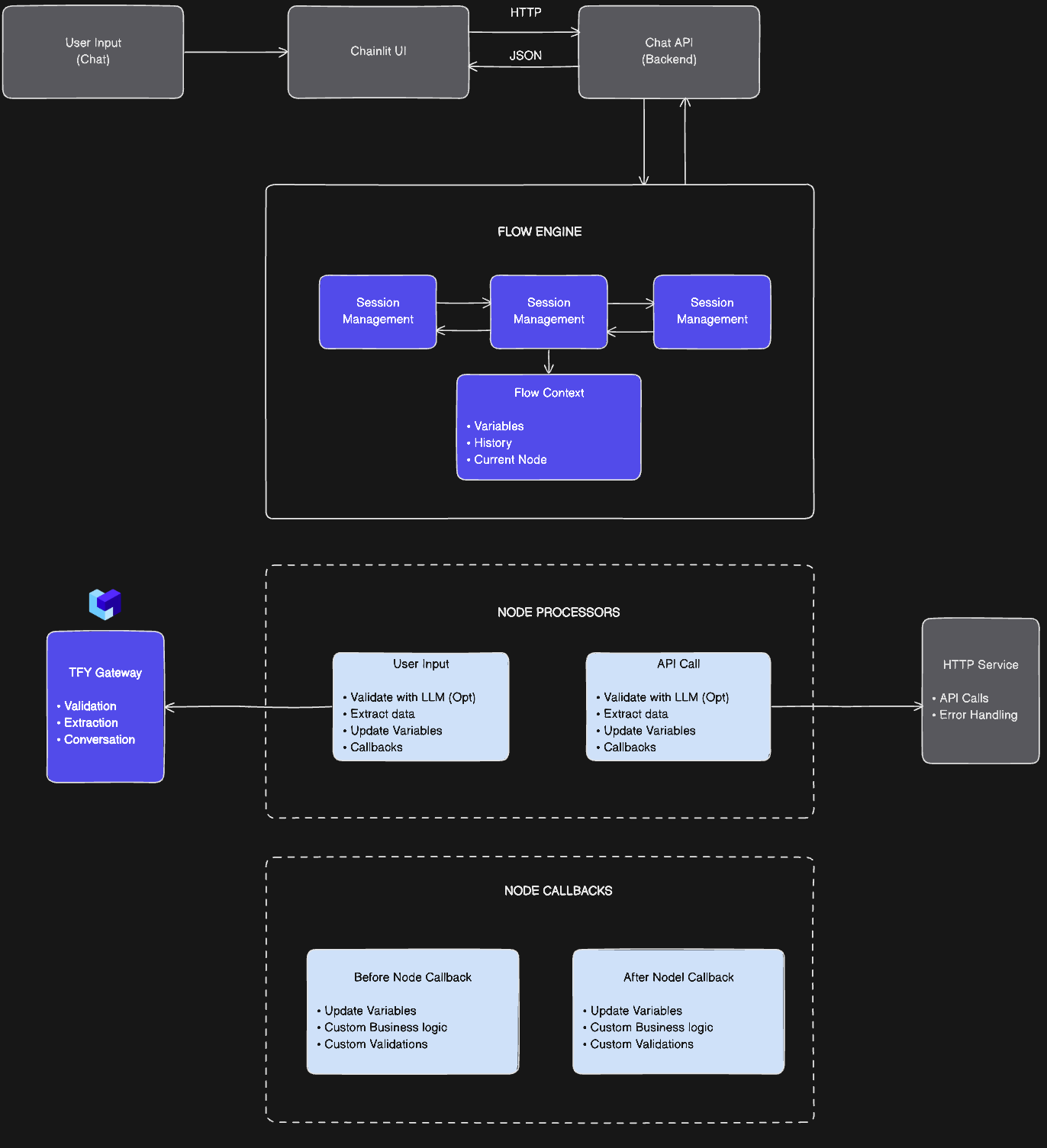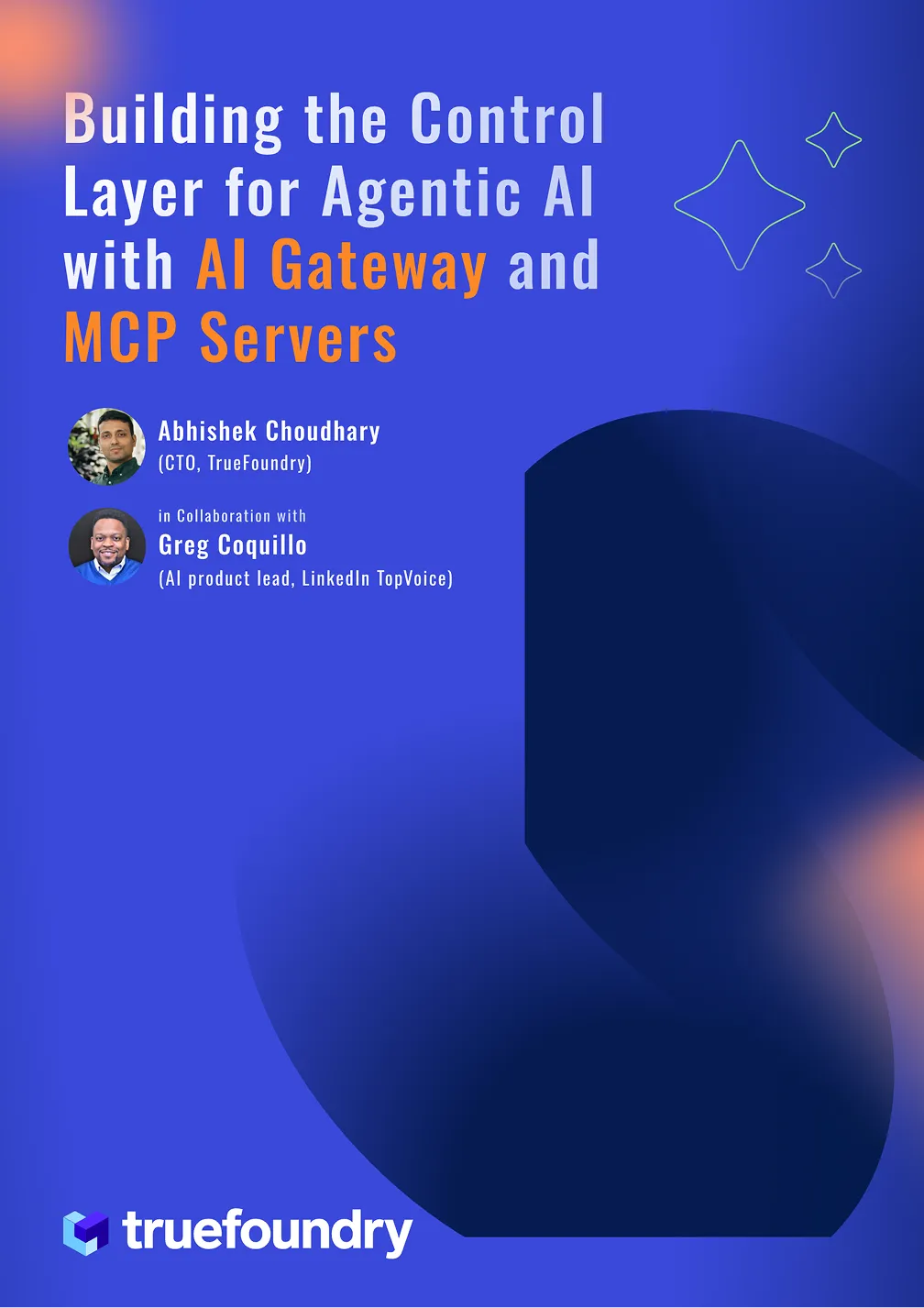What Is LLM Proxy?
Working with Large Language Models (LLMs) is exciting, but it also comes with real-world headaches. Every provider, including OpenAI, Anthropic, Cohere, Mistral, and others, has its own API format, rate limits, and quirks. If you’re building an application that depends on multiple models, integration quickly becomes a maintenance nightmare.
This is where an LLM Proxy steps in. Acting as a middleware layer between your app and various LLM providers, an LLM Proxy unifies APIs, improves flexibility, adds monitoring, and ensures compliance, all while helping reduce costs.
In this article, we’ll explore the problems developers face when integrating LLMs and show how an LLM Proxy provides practical solutions.
What Is an LLM Proxy?
As large language models (LLMs) become central to modern AI applications, developers and enterprises face a new layer of complexity: managing multiple providers, APIs, and configurations across environments. This is where an LLM Proxy steps in.
An LLM Proxy acts as an intelligent intermediary between your applications and various LLM providers such as OpenAI, Anthropic, Google, or Cohere. Much like a traditional network proxy that routes traffic between clients and servers, an LLM Proxy routes requests from your applications to one or more language models, applying policies, rules, and optimizations along the way.
It abstracts away vendor-specific differences and gives developers a unified interface to manage, monitor, and optimize LLM usage. Instead of hardcoding API keys or maintaining multiple SDKs, you send all requests through a single endpoint, and the proxy handles the rest.
Why Organizations Need an LLM Proxy
Simplified Multi-Model Management
Many organizations use multiple LLMs to balance accuracy, latency, and cost. For example, GPT-4 might be ideal for reasoning-heavy tasks, while Gemini or Claude could be faster or cheaper for summarization. An LLM Proxy lets you manage this multi-model strategy centrally, without rewriting code for every provider.
Centralized Governance and Access Control
In large teams, API keys and access permissions can become chaotic. An LLM Proxy centralizes governance by managing who can access which models and applying role-based access control (RBAC). It ensures that developers, teams, or services only access approved resources.
Cost Optimization and Budgeting
Since each provider has different pricing models, costs can spiral quickly. An LLM Proxy provides cost visibility, allowing you to track usage per user, team, or endpoint. You can set budgets, monitor token consumption, and make data-driven decisions on routing to cheaper models when possible.
Improved Observability
A proxy layer introduces analytics and logging, giving you insights into performance, latency, prompt usage, and error rates. Observability is crucial for debugging production AI systems and ensuring consistent service quality.
Security and Compliance
Enterprises must comply with strict data governance rules. An LLM Proxy allows you to sanitize inputs, filter PII, and log requests for compliance audits. It can also enforce region-specific routing to comply with data residency laws.
How an LLM Proxy Works (Step-by-Step)
Let’s break down the lifecycle of a request through an LLM Proxy:
Request Handling
The application sends a query (prompt or API call) to the LLM Proxy endpoint instead of directly hitting a model API.
Validation and Normalization
The proxy validates the request for completeness, compliance, and format, ensuring it adheres to internal policies.
Dynamic Model Selection
Based on routing rules, it decides which LLM to send the request to. For example, simple prompts might go to GPT-3.5, while complex reasoning tasks might route to Claude 3.
Request Forwarding and Execution
The proxy securely forwards the validated request to the chosen model provider via its API.
Response Aggregation and Formatting
Once a response is received, the proxy normalizes it into a standard structure (JSON, text, etc.), regardless of which provider handled it.
Logging and Analytics
Every transaction is logged for observability, including latency, tokens, cost, and provider used.
Key Capabilities of a Modern LLM Proxy
A robust LLM Proxy provides much more than just request routing. Below are its essential capabilities:
Multi-Model Support
Connect to multiple providers like OpenAI, Anthropic, Gemini, and open-source models (via APIs or local inference servers).
Model Routing & Fallback
Automatically select the best model for each request or failover to a backup in case of API downtime.
Prompt Caching
Cache common queries to reduce cost and latency.
Cost Tracking
Measure token usage and cost per project, model, or endpoint.
Rate Limiting
Enforce per-user or per-service rate limits to prevent abuse.
Role-Based Access Control (RBAC): Assign permissions and isolate projects.
Observability
Monitor latency, request success rates, and throughput.
Audit Logging
Maintain records for compliance and debugging.
Fine-Grained Policy Enforcement
Sanitize or block disallowed prompts.
LLM Proxy vs LLM Gateway
In many setups, a proxy acts as the core layer of the gateway architecture.
Benefits of Using an LLM Proxy
Vendor Independence
Avoid getting locked into a single provider. Easily switch models without rewriting code.
Unified API Interface
Developers use one endpoint and request format. The proxy handles translation to provider-specific APIs.
Simplified Integration
Integrate once, route anywhere. It accelerates experimentation with new models.
Enhanced Observability
Get analytics on performance, cost, and latency across all LLMs.
Security & Compliance
Enforce policies, sanitize prompts, and monitor data flow.
Performance Optimization
Use caching, routing logic, and fallback models to ensure reliability.
Team Collaboration
Centralize LLM usage across multiple applications, services, and teams.
How to Deploy an LLM Proxy
Deployment depends on your scale and compliance requirements.
Choose Hosting Model
- Cloud-managed: Easiest setup, auto-scaling, hosted dashboards.
- Self-hosted: Full control, ideal for regulated industries.
- Hybrid: Use managed routing with local observability.
Configure Providers
Add API keys and credentials for each provider (for example, OpenAI, Anthropic, Gemini). Store them securely in environment variables or secret managers.
Define Routing Rules
Use YAML or JSON configs to define routing logic
Connect Applications
Point all app requests to the proxy endpoint instead of provider APIs.
Monitor and Optimize
Set up dashboards to view token usage, latency, and model performance.
Best Practices for Running an LLM Proxy
Centralize Key Management
Use vaults or secret stores instead of hardcoding keys.
Implement Prompt Caching
Cache frequent prompts to save costs.
Track Costs Continuously
Create dashboards and alerts for usage thresholds.
Enforce Policies
Filter disallowed inputs or data.
Use Fallback Models
Avoid downtime during provider outages.
Set Rate Limits
Prevent overuse and maintain SLAs.
Monitor Latency
Regularly benchmark model response times.
Challenges and Considerations
Despite its benefits, implementing an LLM Proxy isn’t without hurdles:
Latency Overhead
Each proxy hop introduces some delay. Optimize with local caching and async routing.
Complex Routing Logic
Poorly designed rules can cause cost inefficiency or degraded results.
Security Risks
Misconfigured proxies could leak sensitive data.
Cost Tracking Complexity
Accurate cost attribution across teams requires robust analytics.
Maintenance
Self-hosted proxies require ongoing updates, scaling, and observability setup.
Conclusion
An LLM Proxy is far more than a network router. It is a strategic control layer that empowers teams to manage multiple language models with efficiency, security, and insight. By abstracting provider differences, enforcing policies, and centralizing observability, it transforms LLM integration from a chaotic, multi-API struggle into a seamless, governed workflow.
Whether you’re a startup experimenting with AI features or an enterprise deploying AI at scale, an LLM Proxy is your foundation for scalable, compliant, and cost-efficient LLM infrastructure.
As the ecosystem evolves, expect LLM Proxies to merge into intelligent gateways that orchestrate requests across models, agents, and entire AI ecosystems. If you’re building the next generation of AI products, start with a proxy-first architecture. Your future self and your DevOps team will thank you.
Built for Speed: ~10ms Latency, Even Under Load
Blazingly fast way to build, track and deploy your models!
- Handles 350+ RPS on just 1 vCPU — no tuning needed
- Production-ready with full enterprise support
TrueFoundry AI Gateway delivers ~3–4 ms latency, handles 350+ RPS on 1 vCPU, scales horizontally with ease, and is production-ready, while LiteLLM suffers from high latency, struggles beyond moderate RPS, lacks built-in scaling, and is best for light or prototype workloads.







.jpg)










